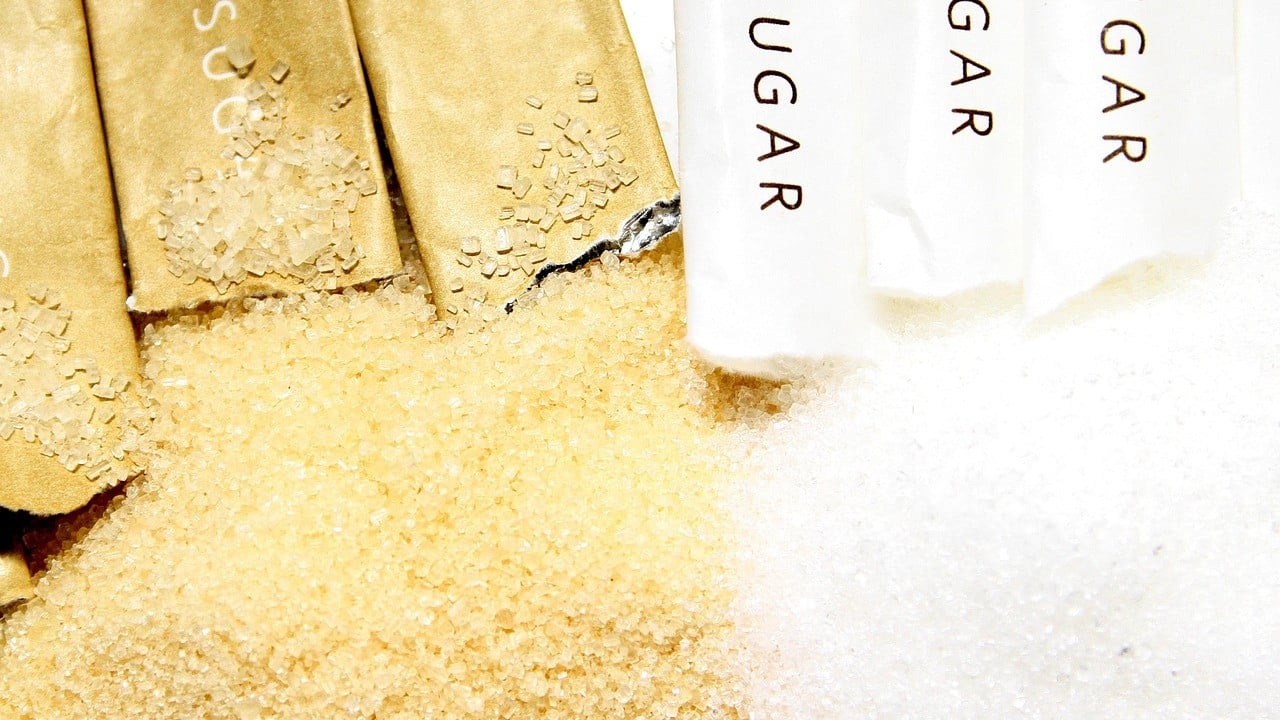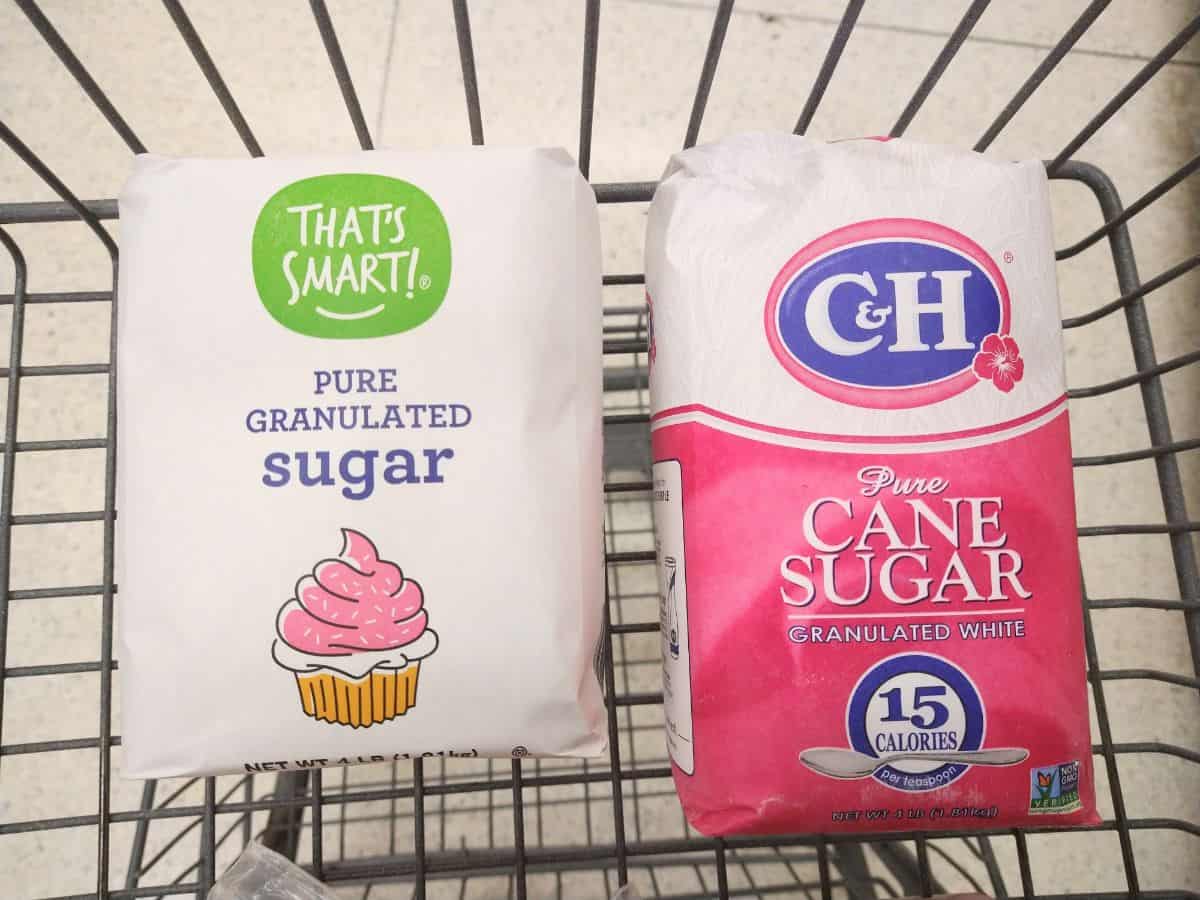Beet Sugar vs Cane: What’s the Difference in Production and Refining?
The Fantastic Debate: Beetroot Sugar Vs Cane and Their Influence On Wellness
The continuous debate bordering beet sugar and cane sugar elevates important inquiries concerning their respective health and wellness impacts and broader implications for customer selections. This conversation invites us to take into consideration not simply the sweet taste we select, but the far-reaching effects of those options on our health and wellness and the world.
Introduction of Sugar Sources
Sugar, an extensively consumed sugar, largely stems from two major resources: sugar beetroots and sugar walking cane. Sugar walking stick flourishes in exotic and subtropical climates, with major producers including Brazil, India, and China.
Conversely, sugar beets are mainly expanded in pleasant regions, with substantial manufacturing in countries such as the USA, France, and Germany. The beetroots are collected from the ground, cut, and based on a procedure that transforms the removed juice right into granulated sugar. While both sugar resources eventually yield sucrose, their agricultural practices, processing techniques, and geographical distributions differ markedly.
These distinctions can affect not just the ecological impact of sugar manufacturing however likewise the financial elements of sugar pricing and trade. Recognizing the origins of these sugar is essential for policymakers and customers alike, as it lays the structure for informed discussions regarding their wellness effects and sustainability.
Nutritional Contrast
When checking out the nutritional accounts of beetroot sugar and walking stick sugar, both resources share a similar make-up as they mostly are composed of sucrose. Sucrose is a disaccharide, composed of glucose and fructose, and is accountable for the sweetness related to both sugars. The refining processes for both beetroot and cane sugar return products that are predominantly pure sucrose, with minimal traces of vitamins, minerals, or various other nutrients.
In regards to calorie material, both beet and walking cane sugars supply about 4 calories per gram. Neither sort of sugar provides significant nutritional advantages beyond energy stipulation, as they do not have important vitamins or minerals. However, the existence of trace aspects, such as calcium, potassium, and magnesium, can vary somewhat in between the two, mainly as a result of the agricultural methods and soil conditions in which they are grown.
Furthermore, the glycemic index values of beet sugar and walking stick sugar are equivalent, showing comparable effects on blood sugar degrees. In general, from a nutritional point ofview, beet and walking stick sugars are functionally equal, adding primarily to calorie intake without offering substantial health and wellness benefits over each other.
Health Ramifications
The health and wellness effects of consuming beetroot sugar and walking stick sugar warrant cautious factor to consider, particularly given the increasing prevalence of sugar-related wellness problems. Both kinds of sugar add similar calorie worths and can result in increased risks of obesity, kind 2 diabetes, and cardio diseases when consumed over. The body sugars both metabolizes right into glucose, which can cause spikes in blood sugar degrees, leading to insulin resistance with time.
While there is ongoing discussion regarding the glycemic index of these sugars, researches suggest that both can adversely impact metabolic wellness if consumed in huge amounts. beet sugar vs cane. Additionally, the possible existence of contaminants in beetroot sugar, such as chemicals from traditional farming practices, increases more health and wellness problems. Alternatively, walking cane sugar, especially when minimally processed, may offer a slightly more beneficial account as a result of its natural state
In addition, the usage of sugarcoated, no matter the resource, is linked to negative health and wellness results, including dental problems and fatty liver condition. Moderation is critical, and people should be conscious of their overall sugar intake from all resources, eventually focusing on whole foods over added sugars for optimal wellness results.
Environmental Influence
Comprehending the health and wellness ramifications of beetroot and walking cane sugar also leads to an exam of their ecological impact, which can dramatically influence farming sustainability and ecological balance. Both sugar sources have distinctive ecological impacts, shaped by their farming practices and geographical demands.

On the other hand, beet sugar is usually grown in pleasant climates and commonly entails varied plant rotations. This practice can boost soil health and minimize reliance on chemical inputs. Extensive beet farming can likewise lead to nutrient exhaustion and bug stress if not taken care of sustainably.
Both sugar types present difficulties and possibilities for ecological stewardship. Advertising sustainable farming methods and accountable sourcing can alleviate their effects, making sure that sugar production aligns with environmental conservation and long-lasting food safety and security.
Consumer Preferences
Amid expanding awareness of health and environmental concerns, consumer preferences for sugar types are significantly affected by perceptions of wellness benefits, sustainability, and honest sourcing. Beet sugar and walking stick sugar each existing special attributes that appeal to various consumer demographics.
Health-conscious customers often inspect the dietary accounts of these sugars, seeking choices perceived as much less refined or even more all-natural. Cane sugar, often concerned as the typical sweetener, is occasionally favored for its viewed purity and simplicity. On the other hand, beet sugar, which is frequently originated from genetically changed crops, faces suspicion amongst those worried about GMOs.
Sustainability is another significant element affecting customer options. As recognition of farming methods expands, many customers go with items that line up with eco-friendly farming methods. Walking stick sugar production, especially when sourced from sustainable farms, can interest eco-conscious purchasers.
Ethical sourcing plays an important duty too, with consumers increasingly preferring products that sustain reasonable labor methods. Certifications such as Fair Profession can boost the good looks of walking stick sugar in the marketplace. Inevitably, consumer preferences are formed by a complicated interaction of health and wellness, ecological, and ethical factors to consider, driving demand for both beetroot and cane sugars in diverse markets.
Verdict
Finally, the discussion in between beet sugar and cane sugar encompasses numerous aspects, consisting of dietary accounts, health and wellness effects, and ecological repercussions. beet sugar vs cane. While both sugars primarily are click to read more composed of sucrose and display comparable caloric material, worries relating to pesticide use in beet sugar and the environmental influence of walking cane sugar monoculture warrant careful factor to consider. As customers significantly focus on sustainability and wellness, educated options regarding sugar usage come to be important in advertising overall wellness and ecological stewardship
